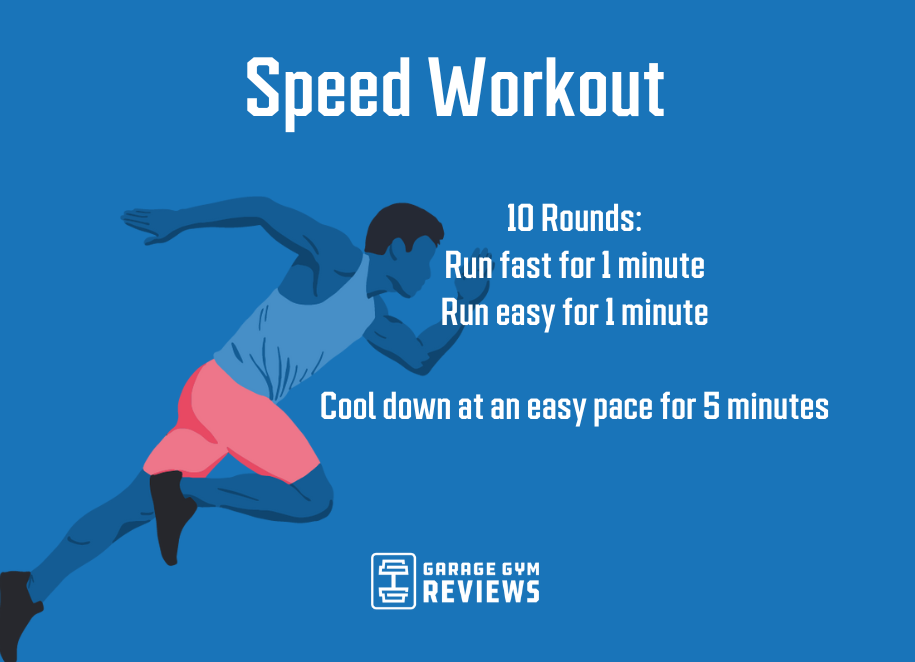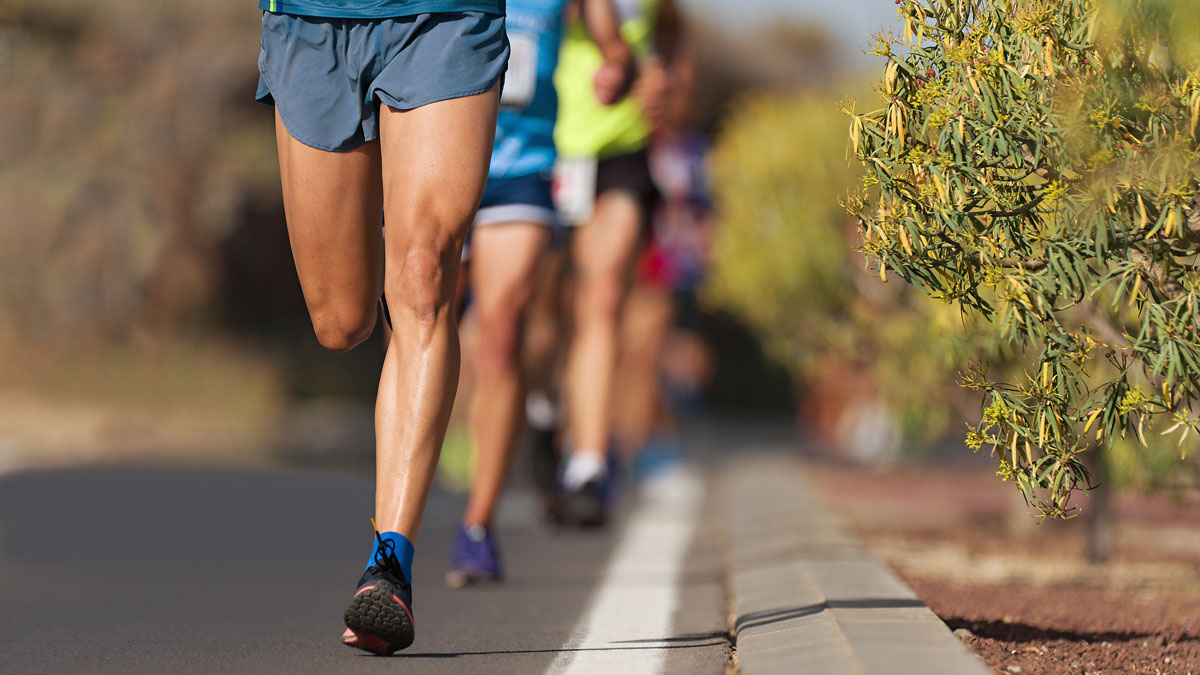Running Workout Tips: Boost Your Efficiency Today
Wiki Article
Dealing With Typical Running Pains: Causes, Solutions, and Prevention
As runners, we frequently encounter numerous pains that can hinder our performance and satisfaction of this exercise. From the incapacitating discomfort of shin splints to the nagging IT band syndrome, these usual running pains can be irritating and demotivating. Recognizing the reasons behind these disorders is important in successfully resolving them. By exploring the root factors for these running discomforts, we can uncover targeted options and precautionary steps to ensure a smoother and much more meeting running experience (find this).Usual Running Discomfort: Shin Splints
Shin splints, an usual running discomfort, often result from overuse or inappropriate footwear throughout physical activity. The recurring stress and anxiety on the shinbone and the tissues attaching the muscular tissues to the bone leads to inflammation and pain.To protect against shin splints, individuals should slowly enhance the intensity of their workouts, put on proper footwear with proper arch support, and preserve versatility and toughness in the muscular tissues bordering the shin (running workout). In addition, including low-impact activities like swimming or biking can help maintain cardiovascular physical fitness while enabling the shins to recover.
Common Running Pain: IT Band Syndrome
Along with shin splints, one more prevalent running discomfort that professional athletes frequently encounter is IT Band Disorder, a problem triggered by inflammation of the iliotibial band that leaves the external thigh and knee. IT Band Disorder typically manifests as pain on the exterior of the knee, especially throughout tasks like running or biking. The iliotibial band is a thick band of fascia that attaches the hip to the shin, and when it ends up being inflamed or limited, it can massage against the upper leg bone, resulting in discomfort and discomfort.Joggers experiencing IT Band Disorder might notice a painful or hurting feeling on the external knee, which can worsen with continued task. Variables such as overuse, muscle discrepancies, inappropriate running form, or inadequate workout can contribute to the development of this condition.
Common Running Pain: Plantar Fasciitis

Plantar Fasciitis can be associated to numerous variables such as overtraining, incorrect shoes, running on hard surface areas, or having high arcs or level feet. To avoid and reduce Plantar Fasciitis, runners can include extending exercises for the calf bones and plantar fascia, wear encouraging shoes, keep a healthy and balanced weight to lower strain on the feet, and gradually enhance running strength to avoid abrupt tension on the plantar fascia. If symptoms continue, it is advised to get in touch with a health care specialist for correct medical diagnosis and treatment choices to address the condition successfully.
Common Running Pain: Jogger's Knee
After addressing the difficulties of Plantar Fasciitis, an additional common problem that runners typically encounter is Jogger's Knee, a typical running discomfort that can prevent athletic efficiency and cause discomfort during physical activity. Jogger's Knee, also known as patellofemoral pain syndrome, materializes as discomfort around or behind the kneecap. This condition is frequently connected to overuse, muscle imbalances, improper running strategies, or problems with the positioning of the kneecap. Runners experiencing this discomfort might feel a plain, aching discomfort while running, my link going up or down stairs, or after prolonged durations of sitting. To avoid Runner's Knee, it is critical to incorporate appropriate warm-up and cool-down regimens, preserve solid and well balanced leg muscles, use suitable shoes, and progressively boost running strength. If signs persist, consulting from a healthcare expert or a sports medicine professional is suggested to detect the underlying cause and establish a tailored therapy strategy to relieve the pain and avoid further issues.Typical Running Pain: Achilles Tendonitis
Frequently affecting joggers, Achilles Tendonitis is an unpleasant condition that influences the Achilles tendon, triggering pain and possible limitations in physical task. The Achilles tendon is a thick band of tissue that connects the calf bone muscular tissues to the heel bone, crucial for tasks like running, jumping, and walking - this page. Achilles Tendonitis usually establishes due to overuse, improper shoes, poor extending, or unexpected boosts in exerciseSymptoms of Achilles Tendonitis include pain and stiffness along the tendon, especially in the early morning or after periods of inactivity, swelling that intensifies with task, and perhaps bone spurs in chronic instances. To avoid Achilles Tendonitis, it is necessary to stretch appropriately before and after running, use suitable footwear with correct support, slowly boost the strength of exercise, and cross-train to lower repeated anxiety on the tendon.
Final Thought

Report this wiki page